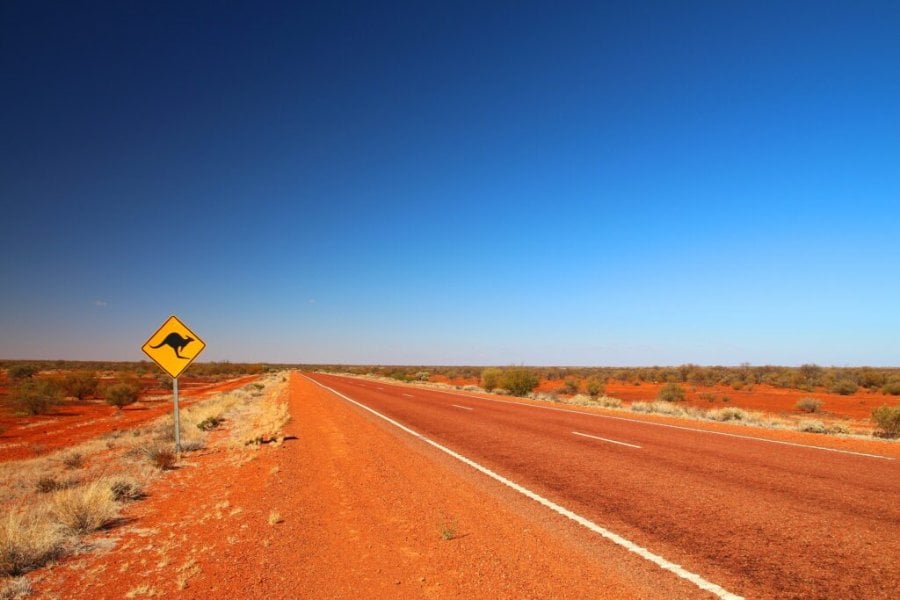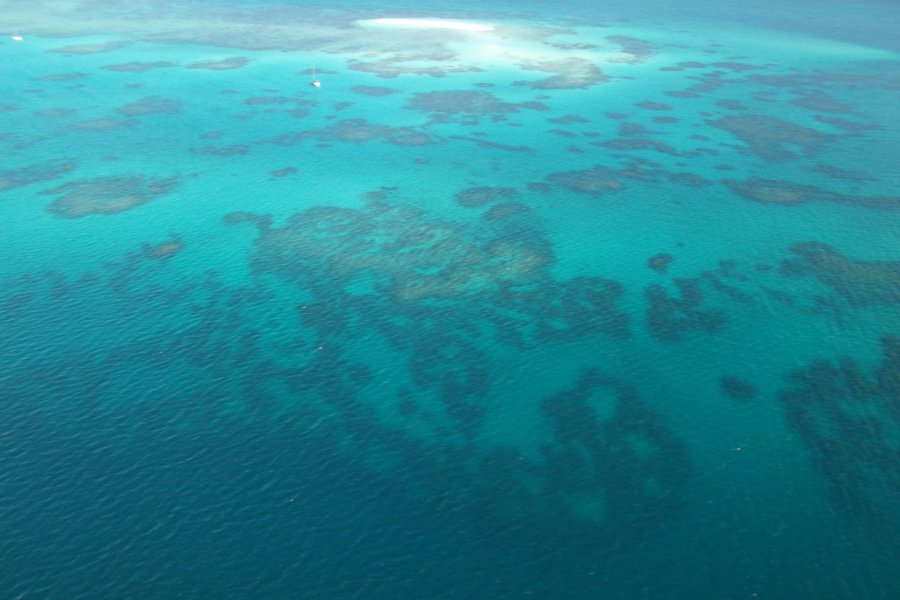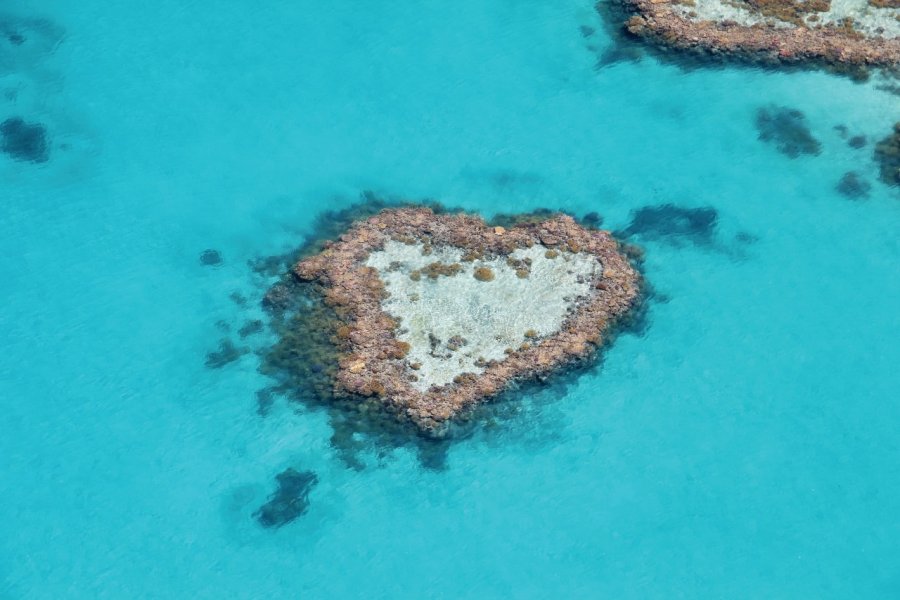Travel Guide Grande Barrière De Corail
Find an accommodation
Advertising
Telling the Grande Barrier is aligning coral reefs with a long chain of white atolls on turquoise bottom. Under water, they offer a fabulous spectacle where fish and coral corals are undulating according to currents. Some are surrounded by small white coral islands with lush vegetation where tropical birds nest.The World's Largest Coral ReefThe Great Coral Barrier is the largest coral reef and world heritage site in humanity. It stretches over 2,500 km long and 2 km wide from the tip of Cape York to north Bundaberg. It can be divided into different sectors.The south, composed of islands and coral benches scattered up to 300 km offshore. The funds reach 145 m.Northward, the depth decreases, the heart of the barrier thickens and the reef is nearer to the coast.At the center, the lowlands are 55 m away and no longer than 35 m near the Cape York. The small coral islands then decrease to give way to a concentrated coral mass 80 km from the coast.An Invaluable Natural ReserveThe Great Barrier of Coral began forming at the end of the last ice age. The ice caps melted and sea level increased, submerging the coastal mountains. The corals grew up at the top of the mountains. Billions of coral polypes threw the gates of the Barrier through their countless skeletons. Sea anemanes are actually animals that shake their colored tentacles according to currents. These coral gardens are a fascinating world of magic cellars, strange formations and beautiful plants.An essential but fragile resourceHowever, the Great Barrier of Coral is a fragile environment. Global warming threatens the future of reefs. The increase in water temperature prevents corals from operating photosynthesis. Unable to assimilate the solar energy needed to produce oxygen and ingestion of food, they discolor and die if the temperature does not return to normal. Fishing and agricultural treatment products also affect the marine ecosystem, as well as the feared purple acanthaster, a species of predatory marine starfish. In order to protect the Grande Barrier, a Marine Park Authority was founded in 1976. More recently, in 2004, fishing was banned on one third of the Grande Barrier. Natural heritage and a major asset of tourism is an essential resource for Australia and the world. We come from all over the world to visit this stretch of coral and its fish visible to the naked eye up to 60 m deep. Funds are explored from submarine observatories, glass-bottomed vessels, diving or snorkeling.Attention: from late October to early May, poisonous jelly fish infest the waters of the north coast. These jellyfish of ten centimeters, with long tentacles, are transparent and practically invisible in water. The beaches concerned are marked with signs. Protected enclosures are provided for bathing on certain beaches. Seaside resorts on the offshore islands and the reefs of the Barrier are safe all year round.Reefs and Coral IslandsThe Grande Barrière has three types of reefs. External reefs or Ribbon Reef. They form the outer fringe of the barrier and usually form a chain almost continuous. Coral islands are then found when the reef grows above sea level. Water spills reduce dead corals to sand and gradually vegetation takes root, giving birth to coral islands such as Green Island or Lady Musgrave. Finally, fringing reefs, or Fringing Reef, form near the coasts, surrounding the islands and flanking the coastlines. This is the case with continental islands Great Keppel and Dunk Island.TransportThe Grande Barrier can only be reached by boat or light plane. There are a hundred islands along the Queensland coast. Most are uninhabited because they do not have fresh water. In the quiet waters of the Whitsunday passage, one can rent a sailboat and sail alone after a short briefing on the islands with a local pilot. Cruises are organized from Bundaberg, Gladstone, Mackay, Airlie Beach, Townsville, Cairns and Port Douglas.AccommodationMost islands have hotels, but some offer camping and facilities such as drinking water tanks, showers, picnic tables and barbecue grills. We can arrange a cruise boat to get deposited and get back later. For islands in the national parks, a permit is required to camp and provide water and food. You can camp on Fitzroy Island, Dunk Island, Lizard Island, Great Keppel, and some Whitsunday Island Islands. Camping permits can be obtained from the Department of Environment and Heritage Protection.
Suggested addresses Grande Barrière De Corail
Weather at the moment
Advertising
Organize your trip with our partners Grande Barrière De Corail
Transportation
Book your plane tickets
Car Rental
Boat rental
Accommodation & stays
Find a hotel
Holiday rental
Find your campsite
Tailor-made trip
Immersion travel
Services / On site
Activities & visits
Find a doctor








